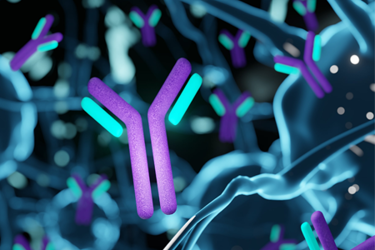Osmolality Monitoring For UF/DF And CEX Capture Of mAbs From Mammalian Cell Cultures
By Thiago Millen, Laura Chinn, Cameron Bardiving, Allison Vaughan and Mark Rothenberg

Biopharmaceutical manufacturing of biologic entities, such as monoclonal antibodies (mAb), vaccines and other protein species requires a specific and, at times, complex set of operational steps. These steps can be broken down into several main workflows including:
- Process Development
- Upstream Processes
- Downstream Processes
- Formulation Development
- Fill and Finish
The goal of each process step is to facilitate the production of a consistent product with high yield, quality, purity, and functionality. Throughout each step various Process Analytical Tools (PAT) are used to ensure quality and production metrics are maintained. While upstream processes require far more complicated analytical methods, such as real-time measurements of viable cell count, metabolites and gas exchange (dO2 and dCO2), pH, conductivity, and osmolality are also assessed due to their importance in overall health of the production process. Traditional measurements for the testing and release of buffers throughout the downstream process includes osmolality, pH and conductivity, to name a few. Both pH and conductivity are inter-related, molecule specific, and dependent on the degree of dissociation of the molecule under the conditions1. While these measurements are invaluable to ensure protein stability and appropriate interaction with chromatography resins, they have a significant dependence on ionization2,3. This renders them unreliable as concentration measurements in highly concentrated or weakly dissociating buffers2,3. Additionally, both pH and conductivity meters can be affected by temperature. Osmolality is relatively unaffected by the same attributes that impact conductivity, these include the type of molecule, the degree of ionization, or the pH of the solution being tested.
Get unlimited access to:
Enter your credentials below to log in. Not yet a member of Cell & Gene? Subscribe today.
